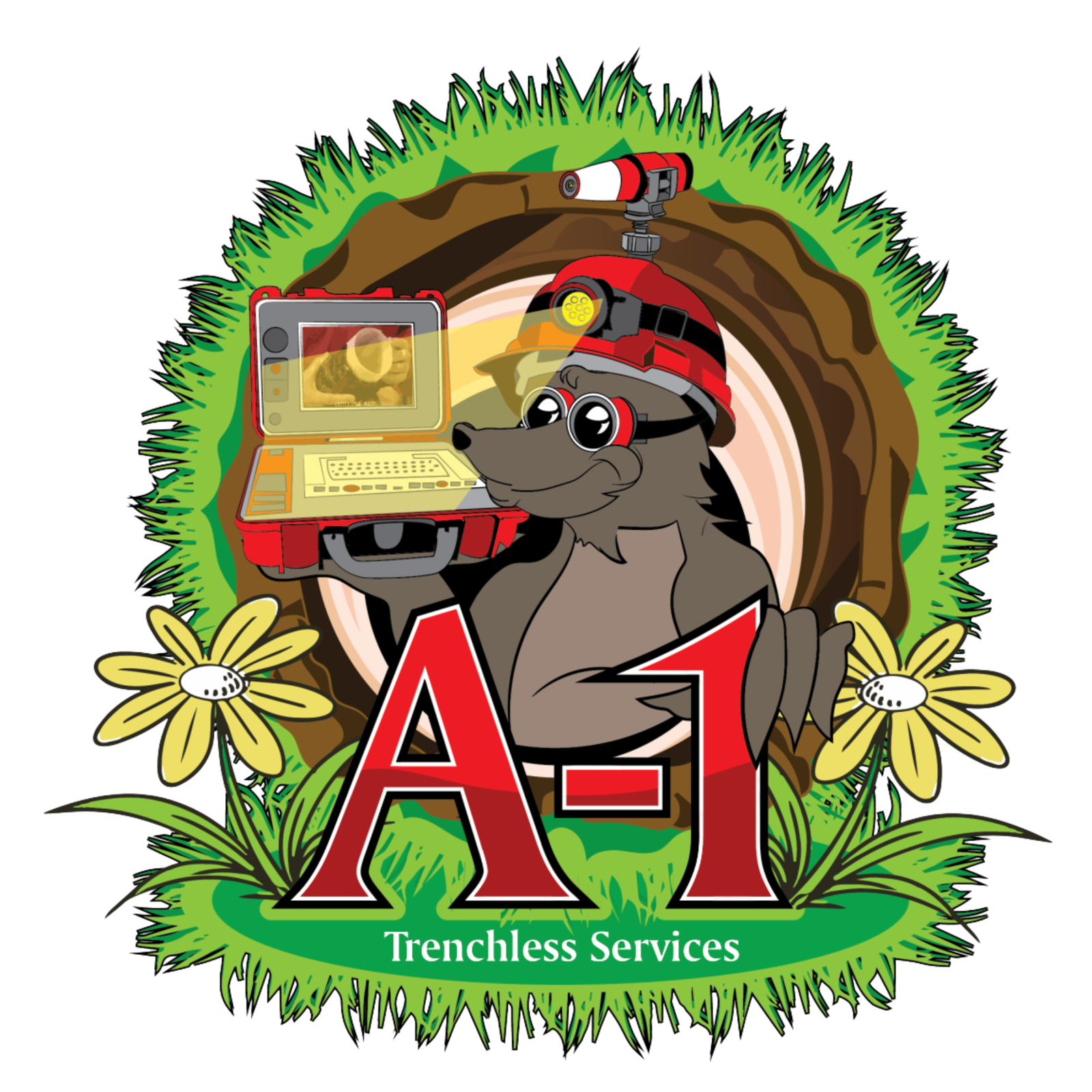Trenchless technology isn’t one single technique—it’s a category that includes various solutions.
Each one serves a different purpose, depending on the type and condition of the pipeline involved.
One of the most widely used methods is Cured-In-Place Pipe (CIPP) Lining. This involves inserting a flexible liner into an existing pipe, inflating it, and curing it in place to form a new, seamless pipe inside the old one.
It’s great for fixing cracks, leaks, and corrosion without digging up the entire pipeline.
Another method is pipe bursting, which is used when the existing pipe is too damaged to be salvaged. A bursting head is pulled through the old pipe, breaking it apart while dragging a new pipe into place.
This creates a brand-new pipeline with little impact to the surrounding area.
Horizontal directional drilling (HDD) is often used for new installations, especially when the pipeline needs to pass under roads, sidewalks, or rivers. A guided drill creates a tunnel for the pipe, eliminating the need for surface disruption.
Slip lining, spot repair, and hydro excavation are additional methods that fall under the trenchless umbrella, each offering unique advantages for specific job requirements.

